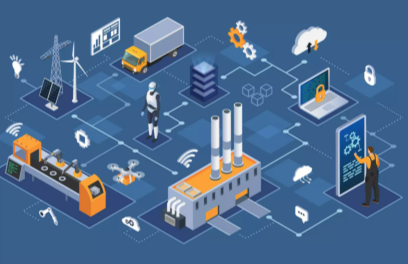The environmental impact of technology presents a complex landscape of advantages and drawbacks. Advancements in renewable energy and smart agriculture showcase significant potential for sustainable practices. However, the production processes often result in habitat destruction and increased energy demands. Additionally, the escalating problem of e-waste raises concerns about toxic contamination. Understanding the interplay between these factors is essential for evaluating the future trajectory of technological development and its ecological consequences. What strategies can be employed to mitigate these challenges?
Positive Contributions of Technology to Environmental Sustainability
As societies increasingly confront the challenges of climate change and resource depletion, technology emerges as a pivotal force in promoting environmental sustainability.
One significant contribution is the advancement of renewable energy sources, such as solar and wind power, which reduce reliance on fossil fuels and lower greenhouse gas emissions. These technologies enable communities to harness natural resources more effectively, fostering energy independence.
Additionally, innovations in smart agriculture, including precision farming and data analytics, optimize resource usage by minimizing water consumption and maximizing crop yields. These practices not only enhance food security but also mitigate environmental impacts associated with traditional farming methods.
Collectively, these technological advancements signify a transformative approach toward sustainable practices, aligning economic growth with ecological preservation.
The Environmental Costs of High-Tech Production
While technology plays a significant role in advancing environmental sustainability, its production processes often entail substantial environmental costs. High-tech manufacturing relies heavily on resource extraction, including metals and minerals, which can lead to habitat destruction and biodiversity loss.
The mining processes are often energy-intensive, contributing to significant energy consumption and greenhouse gas emissions. Additionally, the demand for these resources can exacerbate social inequities, particularly in developing regions where extraction occurs.
The lifecycle of high-tech products, from production to disposal, reveals a complex interplay between innovation and environmental degradation. Ultimately, while technology can offer solutions to environmental issues, its production is not without serious ecological ramifications that warrant careful consideration and sustainable practices.
E-Waste and Its Impact on the Planet
E-waste, comprising discarded electronic devices and components, poses a significant environmental challenge that warrants urgent attention.
Globally, millions of tons of e-waste are generated annually, much of which ends up in landfills, contaminating soil and water with toxic substances such as lead and mercury.
The improper handling of e-waste not only contributes to pollution but also exacerbates health risks for communities involved in informal recycling processes.
E-waste recycling is essential for recovering valuable materials and minimizing environmental harm.
Sustainable disposal practices, including certified recycling programs, can mitigate the adverse effects of e-waste.
Balancing Technological Advancement With Environmental Responsibility
The rapid pace of technological advancement presents a dual challenge: fostering innovation while ensuring environmental stewardship.
As society increasingly relies on advanced technologies, the need for integrating renewable energy sources into development becomes critical. For instance, the transition from fossil fuels to solar and wind energy exemplifies how businesses can adopt sustainable practices that mitigate environmental harm.
Moreover, companies are encouraged to innovate with eco-friendly materials and processes, reducing waste and emissions. Achieving this balance requires a collective commitment from stakeholders, including governments, corporations, and individuals, to prioritize environmental responsibility alongside technological growth.
Conclusion
In conclusion, while technology offers a beacon of hope for environmental sustainability through innovations like renewable energy, its shadowy counterpart reveals profound ecological costs, from habitat destruction to the looming threat of e-waste. As society hurtles forward in its technological pursuits, it becomes imperative to tread carefully, ensuring that advancements do not eclipse the planet’s health. The challenge lies in harmonizing innovation and responsibility, striving for progress that does not come at the expense of Earth’s fragile ecosystems.



